In this article, I wanted to present the diversity in shapes and colors of the morays eels we have encountered in the Andaman Sea. All the pictures below were taken by Franck Fogarolo (our cruise director and onboard photographer) on the west coast of Thailand and Myanmar.
Morays VS Eels VS Sea Snakes?
All morays are eels, but not all eels are morays and neither of them are snakes!
Like other true eels, the moray's dorsal fin begins just behind its head, extends along the length of its body and is fused with the caudal (tail) and anal fins.
Unlike snakes, moray eels have no scales and can breathe underwater.
| Snakes being reptiles (just like as turtles), they breathe through lungs and need to come up for air on a regular basis, even pelagic snakes who spend their lives offshore (learn more about sea snakes in this fascinating blogpost). |
Most moray eels are nocturnal carnivores hunting fish and crustaceans, and night dives are the best time to see them actively searching for their next meal! They can eat fish, mollusks (squid and cuttlefish), and crustaceans (crabs).
During the day, they mostly remain hidden in the cracks or under rocks, leaving only their breathing head visible to scuba divers.
Most morays eels need to keep their mouth open to breath: the water passes through their gills and mouth.
Although moray eels have visibly long and sharp teeth that can scare many novice divers, they are quite skittish animals and will surely prefer to retreat in their hole to flee rather than attack anyone. Moray have no scales, no pectoral fins, and no pelvic fins.
A few Moray & eels species encountered in the Andaman Sea
Giant moray eel:
It is one of the 3 largest morays in the world and can measure more than 3 meters in length and while its size is impressive, its brown color is quite dull.
White eyes moray eels :
Its body is speckled with small dark spots and has a predominantly beige color that can vary in strength between different eels but they all have their distinctive white eyes. This moray loves shallow water and can live in lagoons or protected reefs. The white eyed moray is only about 40cm long and it is not rare to see 3 or more of them living together in the same crack.
Ribbon eels:
Learn more about the drag queen of the seas...
Honeycomb moray:
| Another pretty species is the Honeycomb moray (Gymnothorax favagineus). Also known as the leopard moray, tessellate moray or laced moray, its body is white and covered with dark brown spots, evoking the coat of the leopard. |
Zebra moray:
Clouded moray:
| Moreover, we can find the clouded moray (Echidna nebulosa), also called Snowflake moray. This moray is recognizable thanks to its light-colored body with two rows of large dark blotches along its sides. This species also has yellow eyes. They do not have sharp teeth but possess small blunt teeth. They feed mainly on crustaceans. |
Fimbriated moray:
Bar-Tail moray:
This species is easily identified by the light spot between the eye, and the corner of the mouth, the long snout/ nostrils, and the strongly defined, banded patter of the body. This moray eel likes shallow waters and is usually quite solitary.
Barred moray eel:
| The Barred moray (Echidna-polyzona) is a species of moray eel found in the tropical waters of the eastern Pacific Ocean that holds manay names: Girdled Moray | Banded Moray | Barred Moray | Many Banded Moray Eel | Ringed Moray | Striped Moray | Zebra Eel. With a maximum length of about 1 meter, these eels have a distinctive appearance, featuring dark brown or black bands across their yellow or cream-colored bodies. They inhabit shallow coastal waters, including rocky reefs and coral reefs. Being nocturnal predators, they emerge from their hiding places at night to feed on small fish and crustaceans. While not much is known about their reproductive behavior, they are likely to be oviparous. |
The Highfin Moray:
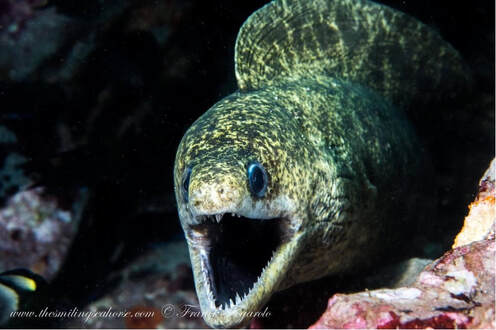 Highfin Moray (gymnothorax pseudothyrsoideus)
Highfin Moray (gymnothorax pseudothyrsoideus) The Highfin Moray is known for its elongated body and distinctively dorsal fin, which is exceptionally tall and extends along much of its back. This fin gives the species its common name, "Highfin" Moray. The eel can grow up to 1 meter in length.
These eels are typically found in coral reefs and rocky areas, often hiding within crevices or coral formations. They are skilled hunters, feeding primarily on fish, crustaceans, and other small marine organisms.
Highfin Morays are generally nocturnal, becoming more active and feeding during the night. They have a keen sense of smell and use their strong jaws and sharp teeth to capture prey.
While the specific conservation status of the Highfin Moray may vary across its range, like other eel species, it may face threats such as habitat degradation, pollution, and overfishing in certain areas.
Tiger Reef eel:
Tiger Reef eel are primarily nocturnal predators, preying on small fish and crustaceans. They utilize their strong sense of smell and excellent camouflage to ambush their prey. Their elongated body, devoid of dorsal fin, is densely marked with dark blotches and can reach lengths of up to 70 centimeters.
Did you know: You can even see eels on blackwater dives, such as this cool, alien like transparent larval eels.
For more info about what can be seen from our cruises, refer to our Andaman Sea Marine life page.

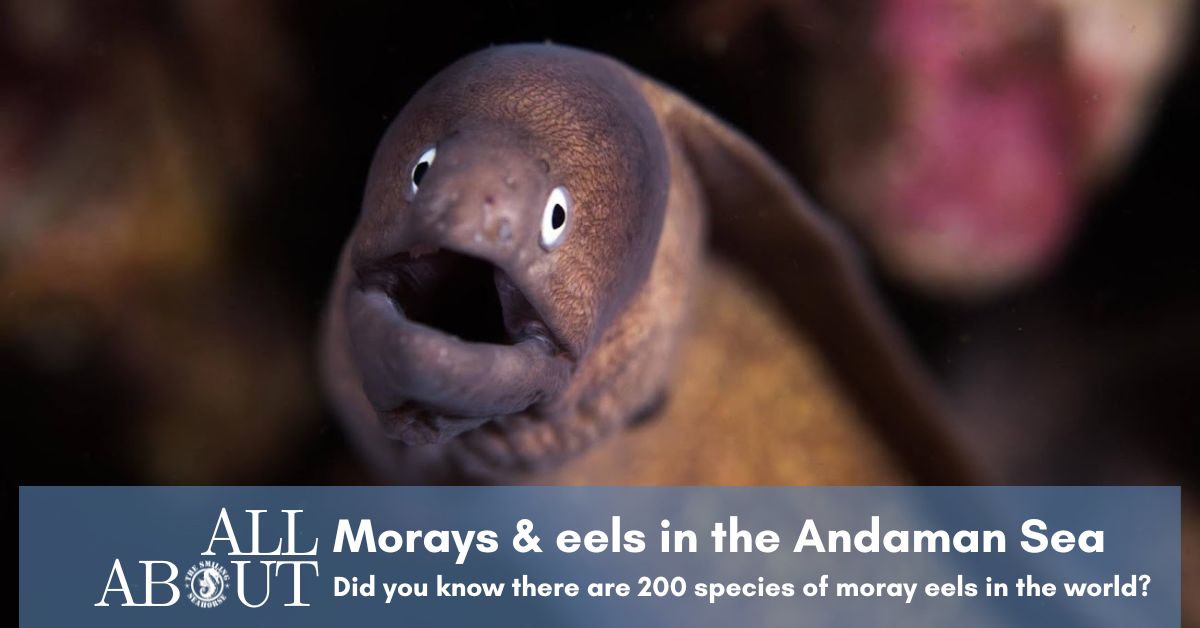

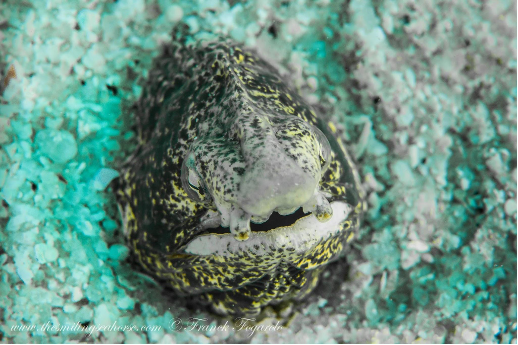

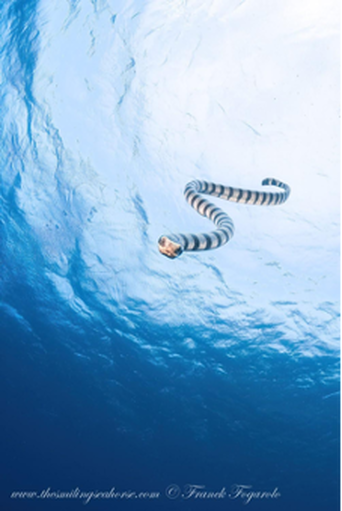

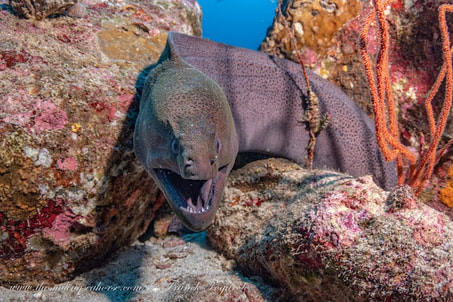



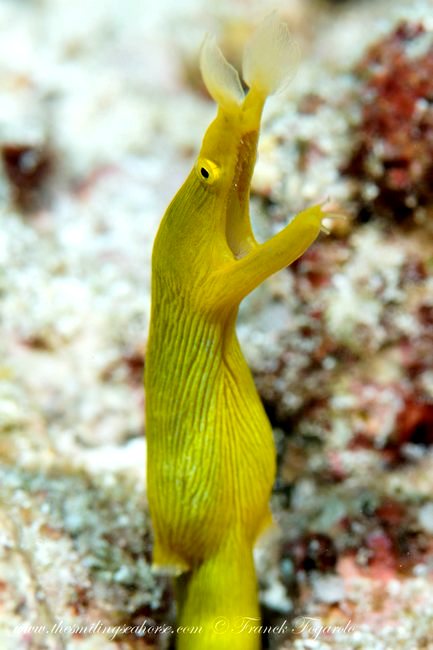


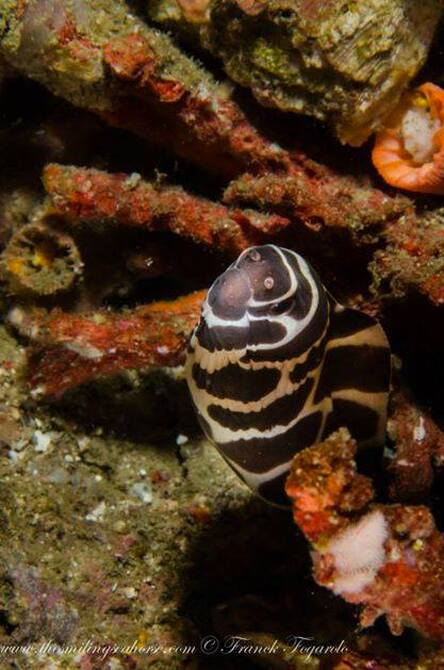

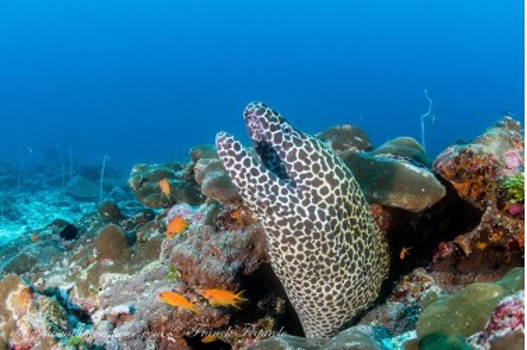

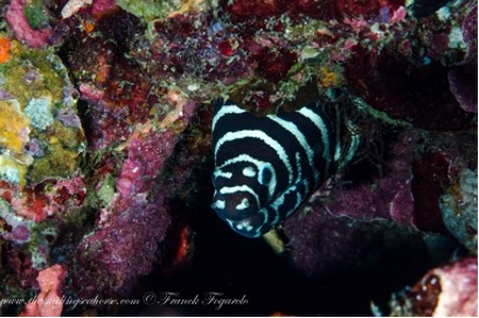

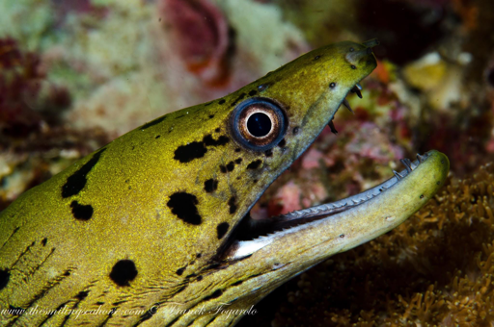


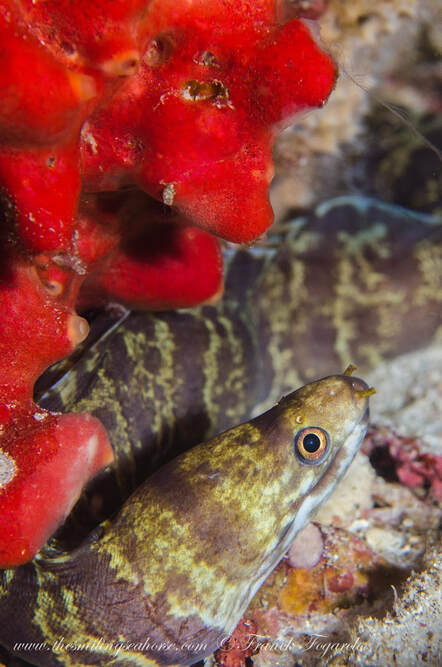
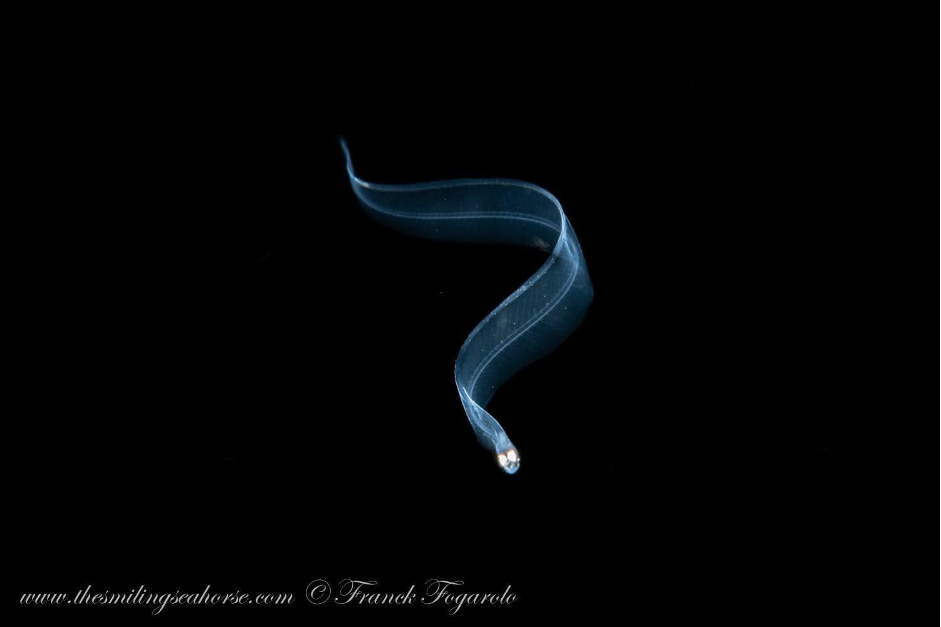
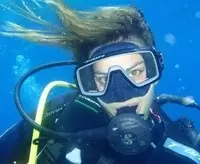

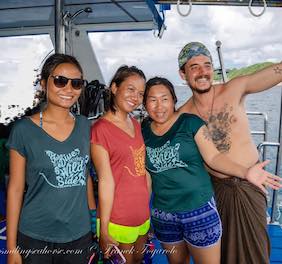
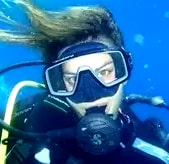

 RSS Feed
RSS Feed




